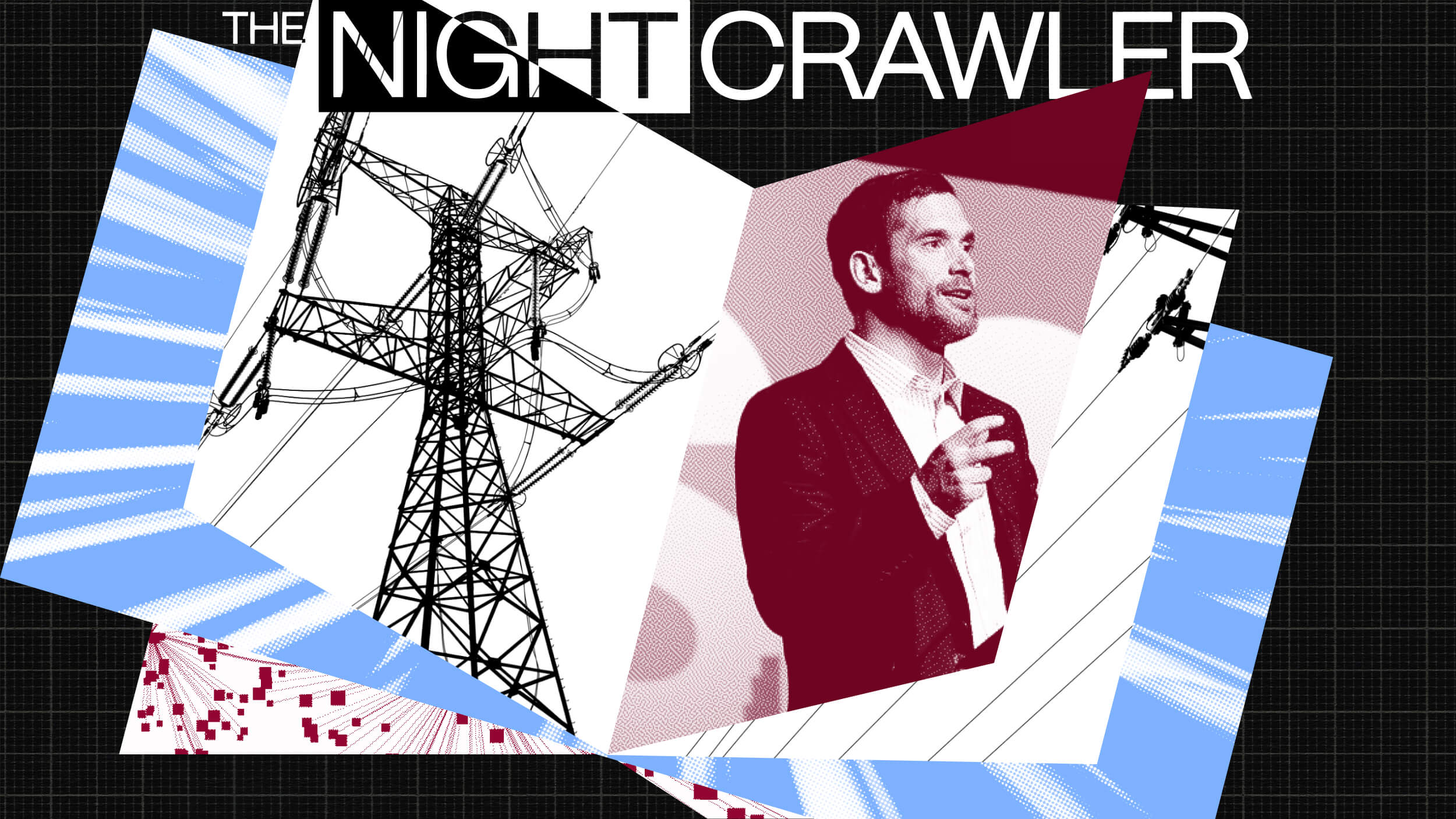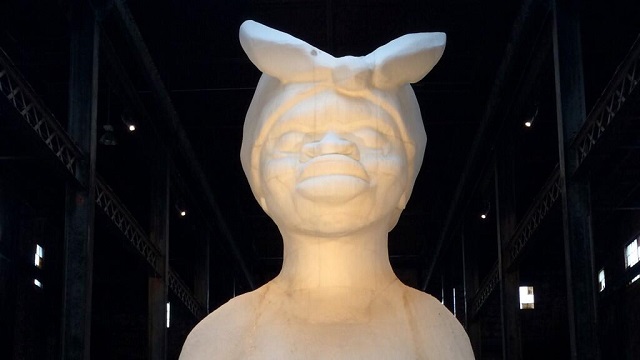George Takei & MIT AgeLab on Living Longer Better

George Takei, AKA Mr. Sulu, beamed into the MIT AgeLab last week. Although Star Trek: The Original Series may be the source of his public prominence, he has long since translated that fame into a powerful podium for good. An articulate activist for gay rights as well as a fervent proponent and example of healthy living, George is one of the most gracious and generous visitors ever to tour the AgeLab.
While visiting MIT, George had the opportunity to spend time with AGNES: the Age Gain Now Empathy System. A bodysuit equipped with weights, goggles, resistance bands, and more, AGNES enables the user, from students to engineers to product designers, to experience the friction, fatigue and frustration that afflict many older adults as they go about their daily lives. For those of us who don’t understand how difficult even a trip to the grocery store can be for older adults, AGNES reveals an obstacle course hidden in plain sight. The uncomfortable reach for a package at the top of the shelf. The equally difficult stretch to the bottom. The frustration of reading the typeface on packaging. Navigating public transportation, or the daily test of flexibility that’s required to get into or out of a car. Even shopping online requires incredible demands of dexterity and vision.
AgeLab designed AGNES to reveal how we can improve products and places to make them more than simply age-friendly: easy and fun for everyone of any age. But George used AGNES as a teachable moment. At 77, he is the picture of health. One of AGNES’s configurations allows the user to simulate conditions often associated with advanced diabetes, e.g., loss of feeling in the user’s feet when walking. George noted how much a healthy diet is key to staving off, let alone managing, many behavior-related diseases that diminish quality of life in old age. When I described how AGNES restricts neck rotation, a common problem for adults beginning as early as middle age, George demonstrated his own neck’s wide range of movement and showed me the exercise he does every morning to ensure that he maintains optimal rotation. When I discussed how AGNES provides the user with insights into how diminished strength impacts the lives of many older adults, he volunteered that his daily fitness regimen included 100 push-ups. I began to fear that George would ask me to join him in a push-up demonstration, leaving me face down on the lab floor in a puddle of humility while he, more than a quarter century my senior, finished his third set of reps.
Aging, with any luck, is everyone’s destiny, How well we age, however, is up to us. George Takei transformed AGNES from a design tool for engineers and designers into a teaching tool for the rest of us: to demonstrate that much of how well we age is within our power. My sincere thanks to George for that teachable moment, and for taking the time to visit with a very long line of eager MIT fans, including me.






